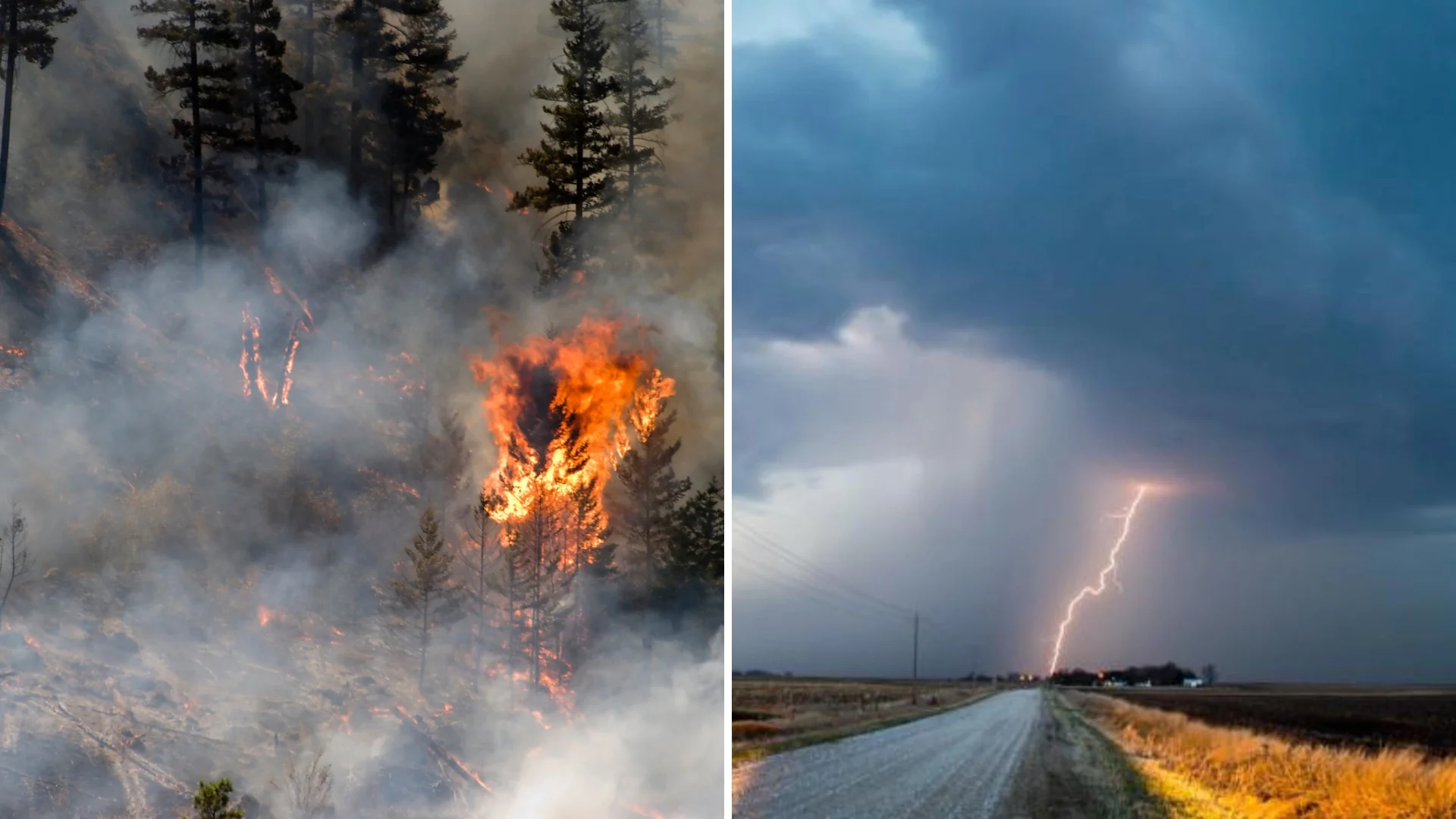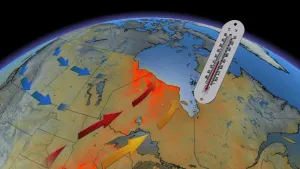
Canada's explosive wildfire season linked to lack of thunderstorms
The expansive, rapid start of the wildfire season in Canada this year can be partly blamed on the lack of moisture for many areas. As a result, there has been diminished thunderstorm activity in parts of the country
With wildfires continuing to burn across Canada -- in what has been deemed its worst season this century -- some areas have seen less thunderstorm and precipitation activity than usual for this time of the year.
The number of fires erupting has many experts contemplating how thunderstorm development will be impacted as much of the precipitation critical to farmers are sourced from storms.
DON'T MISS: Four vital ingredients for an electrifying, dazzling thunderstorm
The uncontrolled fires spanning such a vast amount of land in Canada at this time of the year is "really unusual," said Dave Sills, executive director of the Northern Tornadoes Project, in a recent interview with Mark Robinson, meteorologist and Storm Hunter at The Weather Network.

"It's going to be hard for some areas to get rain, and that of course feeds the cycles of fires," said Sills.
To address the question, Robinson spoke to Sills about the Western Canada fires in 2021 as an example.
That year saw zero tornadoes recorded on the Prairies during a 60-day period that normally would have had the highest tornado frequency in the region, Sills said.
There were several factors at play at the time including smoke blowing east from the fires occurring in British Columbia, a drought on the southwestern Prairies and the deadly heat dome that established itself in the West.
Drought and smoke are limiting thunderstorm formation
This year, drought and smoke can be contributing factors to diminished thunderstorm activity in parts of Canada.
"Drought begets drought because once the ground gets dry, the vegetation starts to dry out," said Sills. "All of that moisture that could be feeding thunderstorms starts to disappear, and it gets harder and harder to get convection to develop unless it's really forced hard."

(Mark Robinson/The Weather Network)
As for wildfire smoke, it can inhibit thunderstorm formation by cutting off sunlight and particulates for raindrop development.
"A lot of that solar energy isn't getting through to the ground, and that means there is less energy for thunderstorms to develop," said Sills. "Other studies have shown that particulates in the air actually help thunderstorms become more intense."
There are a couple of different effects to consider when addressing the impacts. However, the events in the previous years have shown that if there are ample amounts of wildfire smoke, it will "cut down" on the amount of thunderstorms that are developing, Sills added.
WATCH: How do thunderstorms form? It's just like baking a cake
Thumbnail contains images from GettyImages-172296371 (left) and NOAA/Unsplash (right).
With files from Mark Robinson, a meteorologist and Storm Hunter at The Weather Network.










